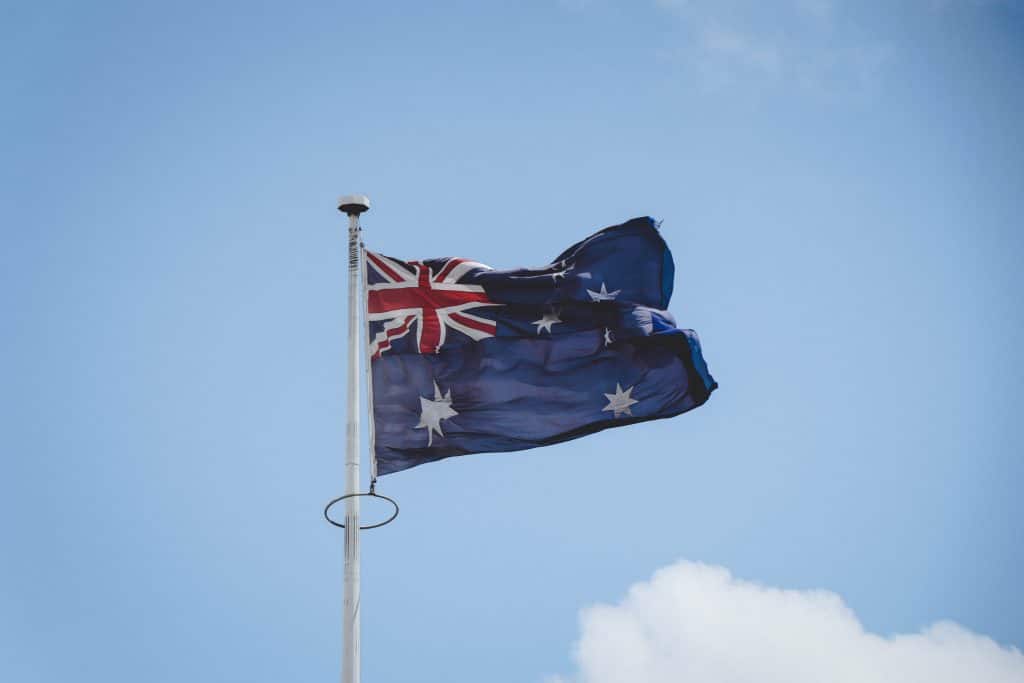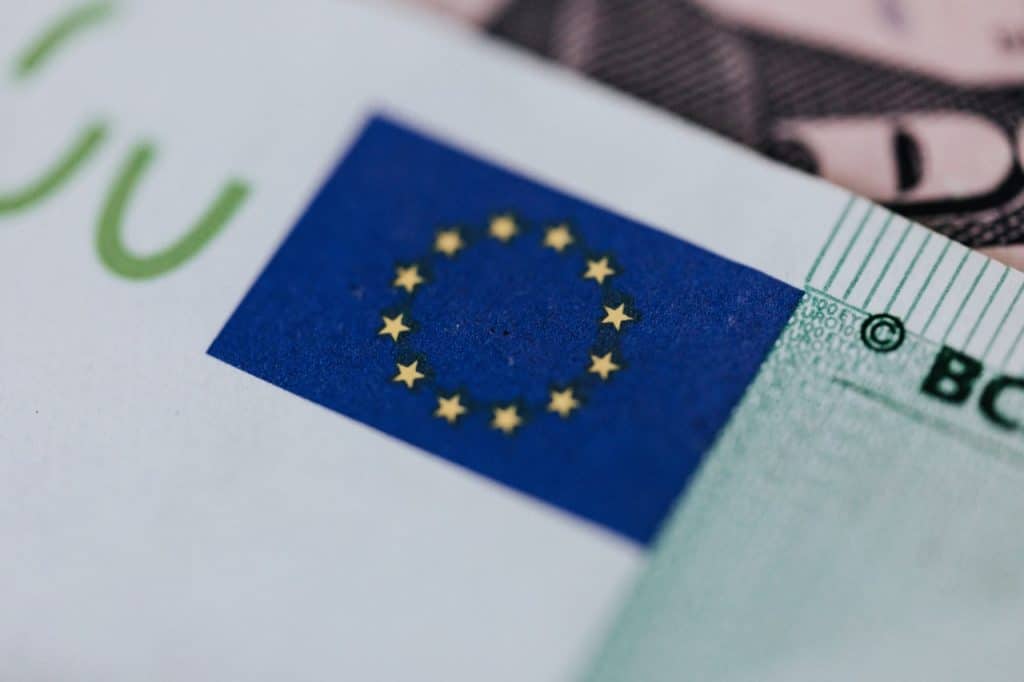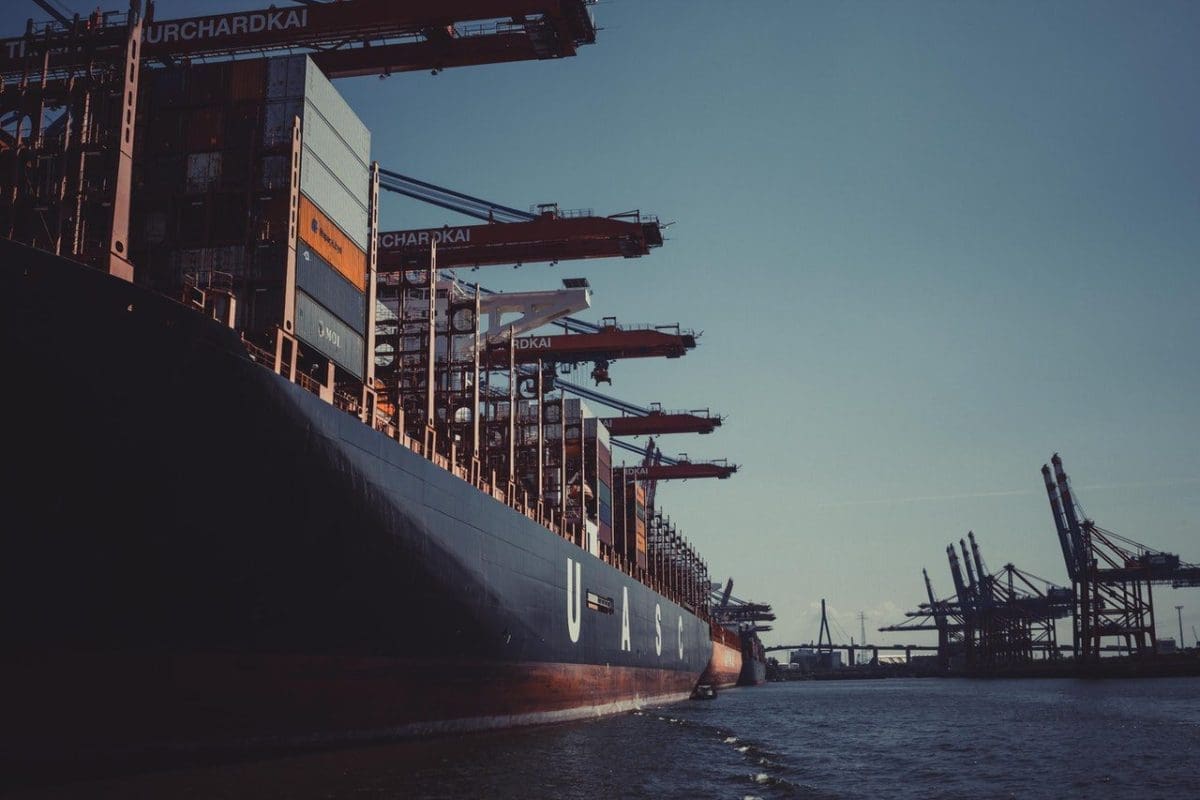The fashion industry involves a great deal of importing and exporting, to and from various countries. The costs involved in these movements are more than just simply shipping costs. Another important cost to consider when importing or exporting apparel is the custom duties, or tariffs. These are taxes imposed on goods that are imported into or exported from a country. In this article, we’ll go over custom duties and fees in more detail.
Table of contents
What is a Customs Duty?
Customs duty is a tariff or tax imposed on goods when transported across international borders. Import duty is also known as customs duty, tariff, import tax, or import tariff. The purpose of Customs duty is to protect each country’s economy, residents, jobs, environment, and so on by controlling the flow of goods, especially restrictive and prohibited goods, into and out of the country. Customs policies vary by country of origin and product.
For example, most of our goods are manufactured in Indonesia, so our clients are often concerned with the customs duties between Indonesia and the country they are importing to.
Each article has a specific duty rate, which is determined by several factors, including:
- Where you acquired the product
- How it was manufactured
- What materials it is made from
- The quantity
Import duties have two distinct purposes: to raise income for the local government and to give a market advantage to locally grown or produced goods that are not subject to import duties. A third related goal is sometimes to penalize a particular nation by charging high import duties on its products.
Import duty is levied when imported goods first enter the country. Around the world, several organizations and treaties have a direct impact on import duties. Each buyer is 100% responsible for the import of their own purchases, so you’ll want to learn how customs and import duties work in major import regions and customs fees, so you’re prepared to deal with international customs.
Next, we’ll briefly cover some common import regions.

US Import Policies
In the United States, Congress establishes import duties and other trade policies. The United States imposes tariffs (customs duties) on imports of goods. The duty is levied at the time of import and is paid by the importer of record. The Harmonized Tariff Schedule (HTS) lists the rates for imports and is published by the International Trade Commission (USITC).
Different rates are applied depending on the countries’ trade relations status with the United States. The general rate applies to countries that have normal trade relations with the United States. The special rate is for countries that are not developed or are eligible for an international trade program.
Goods imported to the United States may be subject to import restrictions. Importers of goods may be subject to tax or customs duty (“tariff”) on the imported value of the goods. Goods must be declared for entry into the U.S. within 15 days of arrival or before leaving a bonded warehouse or foreign trade zone. All goods imported into the United States are subject to inspection by CBP.
You must declare all items you purchased and are carrying with you upon return to the United States, including gifts for other people as well as items you bought for yourself. This includes duty-free items purchased in foreign countries, as well as any merchandise you intend to sell or use in your business. US customs policies are a complicated and ever-changing landscape, so you’ll want to make sure that you are working with a shipping company that can help you navigate the difficulties.

UK Import Policies
Customs duty is assessed on the fair market value of imported goods at the time they are landed in the UK. Import fees for products entering the UK from non-EU states generally consist of: cost, insurance, freight and duty, with standard VAT of 20 percent levied on the aggregate value.
Despite the UK’s departure from the EU on January 31, 2020, the existing EU import, export, and customs regulations will remain enforced until December 31, 2020, the date by which ends the transition period for negotiation of new possible trade arrangements between the UK and the EU. New rules will take effect on January 1, 2021. From January 1, 2021, companies will need to make customs declarations to move goods into and out of the EU, and to do so should obtain an EORI number.
According to the current regulation in place, when importing goods into the United Kingdom, exporters must complete an Intrastat declaration. An individual declaration must be completed when the value of goods that are subject to customs duties exceeds 6,000 GBP. However, if you regularly import dutiable goods, you can save time by completing and registering a general valuation statement. Detailed import policies and procedures are available on the British Government website.

Australia Import Policies
On most products imported into Australia, the customs duty is 5 percent of the value of the goods converted to Australian dollars, but this is dependent on the type of goods imported.
GST is payable when importing goods. Besides a few exemptions for some basic foodstuffs, certain medical aids and appliances, precious metals, and other items, most goods will be subject to GST when imported.
GST is applied at 10 percent of the Australian dollar value of the goods when imported.
The value of the imported goods is equal to the value of the goods, plus the duty payable, and any transport and insurance fees for the goods. To calculate the GST on imported goods, add the value of the goods in Australian dollars, plus freight, insurances, and the import duty. The 10 percent GST is calculated on this total.
For example, if you purchase clothing for $500 AUD, add the 5 percent customs duty plus $25 of the cost of freight and insurance, say at $42. This gives a total of $567 plus a 10 percent GST of $56.70. The total cost of goods equals approximately $623.70.

European Union Import Policies
To be able to calculate the customs duties to be paid when trading goods, three factors have to be taken into consideration.
- The value of the goods
- The customs tariff to be applied
- The origin of the goods
EU customs code is a set of rules covering customs policies in trade with non-EU countries. These rules ensure that customs practices in all EU countries are uniform and transparent. Most customs duties and VAT are expressed as a percentage of the value of the goods being imported. Customs authorities define the value of merchandise for customs purposes based on its commercial value at the point of entry into the EU.
This is defined as the purchase price plus delivery costs up to the point where the goods enter the customs territory. This value does not always equal the price stated on the sales contract and may be subject to specific adjustments.
When goods arrive at the customs office of entry to the EU, they are placed into temporary storage under customs supervision (no longer than 90 days) until they are assigned one of the following customs procedures (or re-exported): release for circulation or special procedures.
As part of the ‘SAFE’ standards advocated by the World Customs Organisation (WCO), the European Union has set up a new system of import policies, the ‘Import Control System’ (ICS), which aims to secure the flow of goods at the time of their entry into the customs territory of the EU. This control system, part of the Community Program eCustoms, has been in effect since January 1, 2011. Since then, operators are required to pass an Entry Summary Declaration (ENS) to the customs of the country of entry before the introduction of goods into the customs territory of the European Union.
Summary
If you’ve managed to read through those details and you’re now thinking, “No sweat! I can master customs fees and duties for my company.”… Well, you’re smarter than I am! What I get from all the above info is the advice that I give to anyone starting out importing goods from other countries:
Find a good shipping/logistics company and make friends with them. It’s their responsibility to keep track of the changing regulations and to help you organize your shipping according to your needs and goals. It may cost you a little bit more, but honestly, it’s just as likely to save you money. It’s NOT an expense you should be thinking of cutting!
Best of luck to you! And, as always, if you get stuck, just reach out to Prototype and we’ll give you a hand getting your project moving forward!


